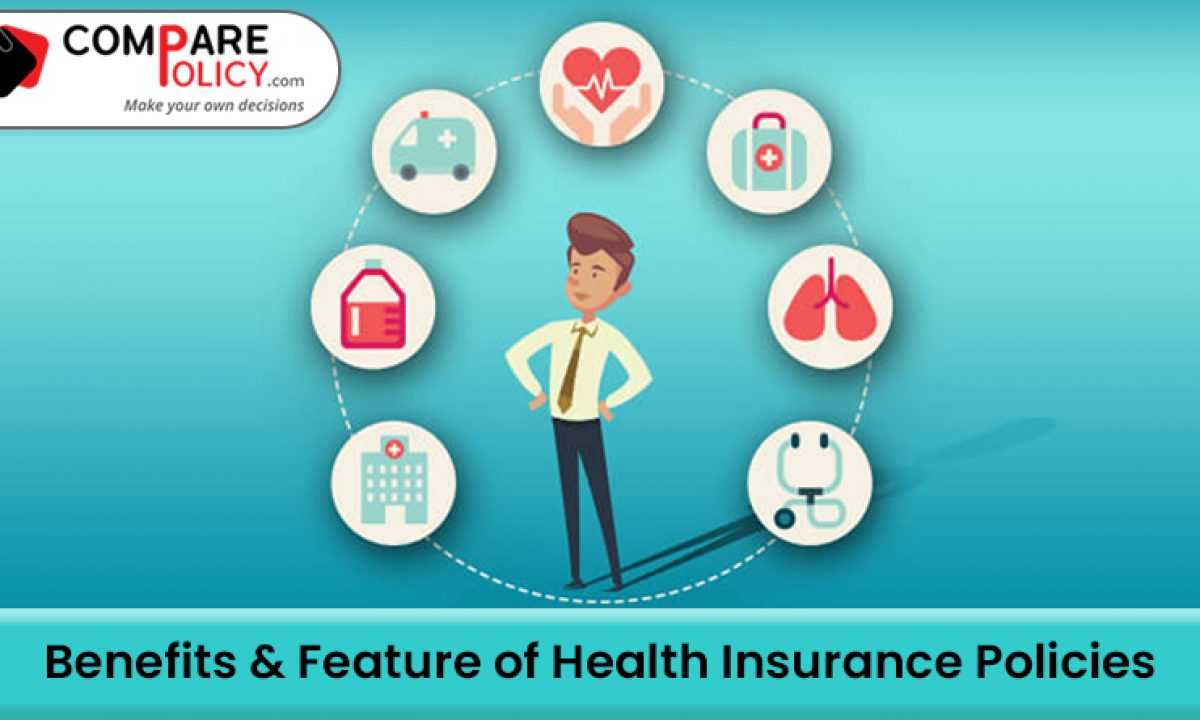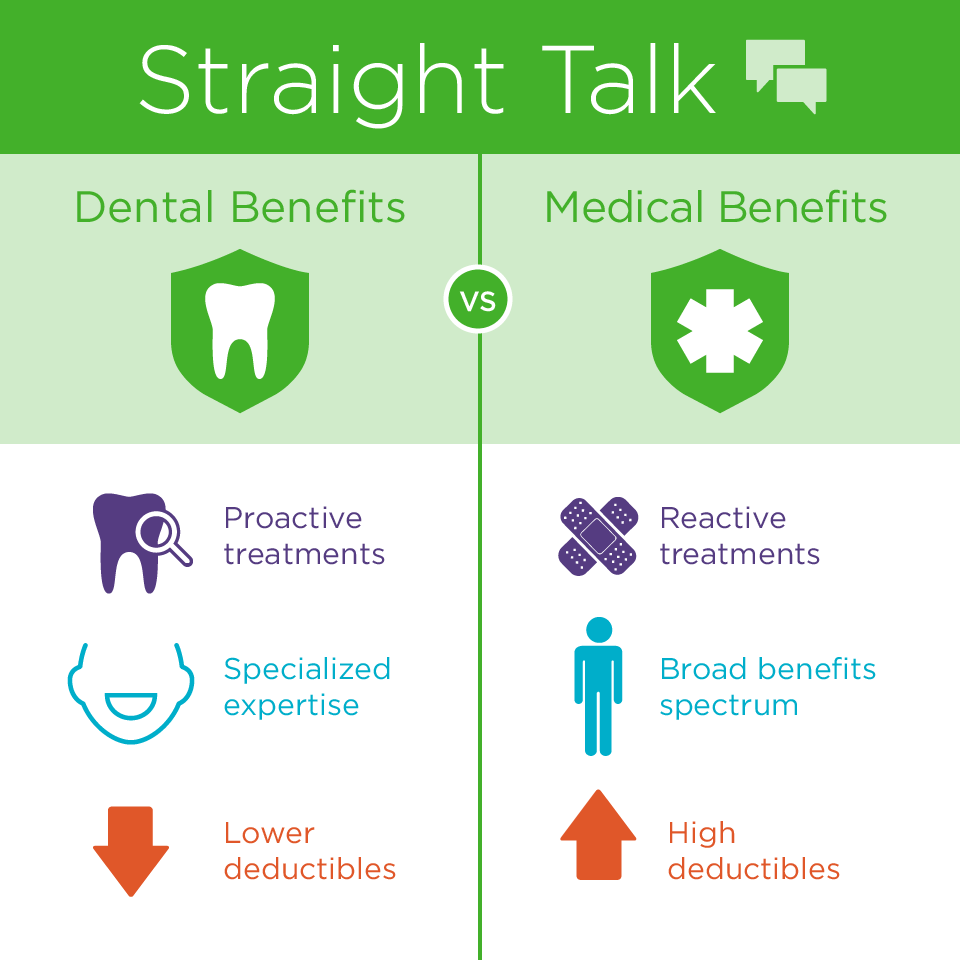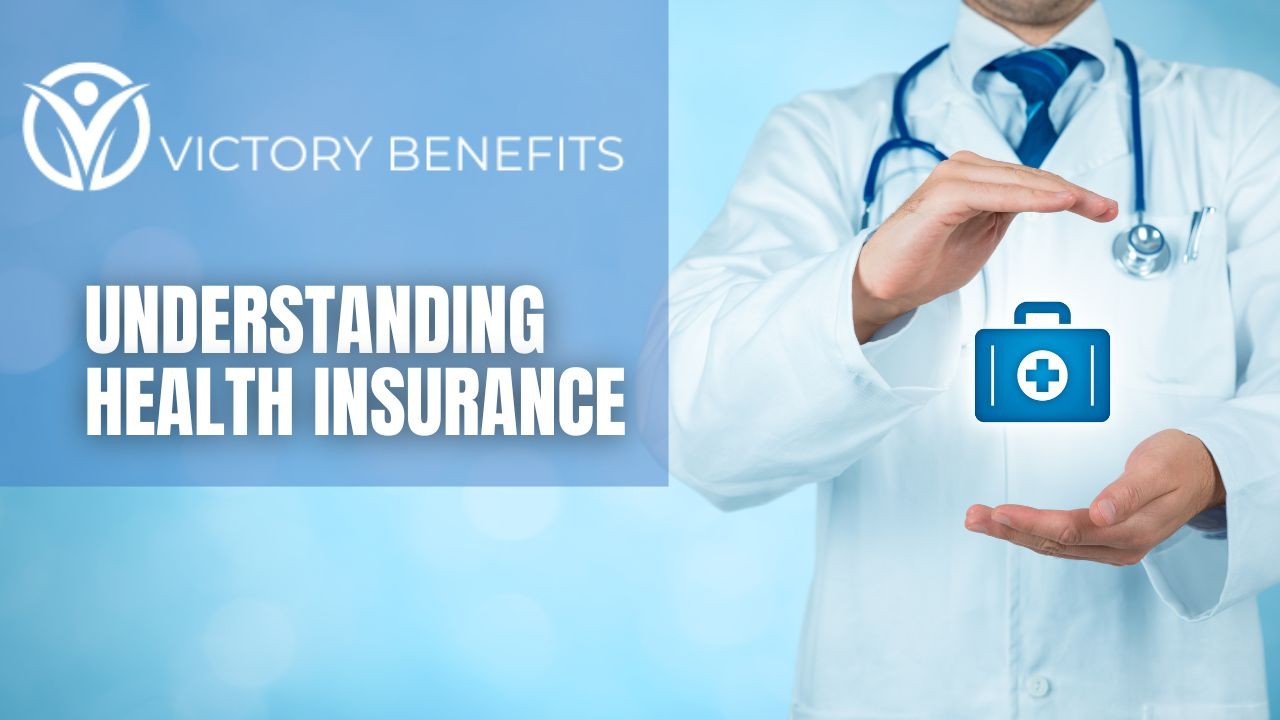The smart Trick of Medicare Advantage Agent That Nobody is Talking About
Some Of Medicare Advantage Agent
Table of ContentsIndicators on Medicare Advantage Agent You Should KnowMedicare Advantage Agent for DummiesThe Buzz on Medicare Advantage Agent

complies with from confusing the reasonably young age profile of the without insurance with the much better health, generally, of younger individuals. This obscures the web link between wellness condition and health insurance policy. For those without access to office health and wellness insurance, inadequate wellness is a possible barrier to acquiring nongroup protection due to the fact that such protection might be extremely priced, leave out preexisting conditions, or be merely not available. The variety of uninsured Americans is not especially large and has not transformed in recent times. Seven out of 10 participants in a country wide depictive survey believed that less Americans lacked health and wellness insurance than really do(Fronstin, 1998). About fifty percent(47 percent )thought that the number of individuals without wellness insurance reduced or continued to be continuous over the latter fifty percent of the last years(Blendon et al., 1999). This drop of practically 2 million in the variety of people 'without insurance coverage (a decrease
of around 4 percent)is certainly a positive modification. With a softer economic situation in 2000 the current reported gains in insurance protection might not proceed(Fronstin, 2001 ). The decrease in the variety of without insurance will not continue if the economic climate continues to be slow-moving and healthcare expenses remain to outmatch rising cost of living. This is because the data were collected for a period of strong economic performance. Of the estimated 42 million individuals that were uninsured, almost regarding 420,000(regarding 1 percent)were under 65 years old, the age at which most Americans end up being qualified for Medicare; 32 million were adults between ages 18 and 65, about 19 percent of all grownups in this age; and 10 million were youngsters under 18 years old, concerning 13.9 percent of all kids (Mills, 2000). These quotes of the variety of persons uninsured are generated from the annual March Supplement to the Current Populace Study (CPS), performed by the Demographics Bureau. Unless otherwise noted, national price quotes of individuals without medical insurance and percentages of the population with different kinds of insurance coverage are based on the CPS, one of the most commonly used source of estimates of insurance policy protection and uninsurance rates. These surveys and the price quotes they generate are described briefly in Table B. 1 in Appendix B - Medicare Advantage Agent. These surveys vary in size and sampling approaches, the inquiries that are inquired about insurance coverage
Medicare Advantage Agent Things To Know Before You Buy
insurance coverage, and the moment duration over which insurance coverage or uninsurance is determined(Lewis et al., 1998, Fronstin, 2000a ). Still, the CPS is specifically useful due to the fact that it produces annual estimates fairly promptly, reporting the previous year's insurance policy coverage approximates each September, and due to the fact that it is the basis for a constant collection of quotes for greater than twenty years, permitting for analysis of patterns in insurance coverage over time.

The Main Principles Of Medicare Advantage Agent
Over a three-year period starting early in 1993, 72 million people, 29 percent of the united state populace, were without insurance coverage for a minimum of one month. Within a single year(1994), 53 million individuals experienced a minimum of a month without insurance coverage(Bennefield, 1998a). Six out of check these guys out every 10 uninsured grownups are themselves utilized. Although functioning does enhance the likelihood that and one's member of the family will certainly have insurance coverage, it is not a guarantee. Also members of households with 2 full-time breadwinner have almost a one-in-ten opportunity of being uninsured (9.1 percent uninsured price)(Hoffman and Pohl, 2000 ). The connection in between medical insurance and access to care is well established, as recorded later in this chapter. Although the partnership between medical insurance and health and wellness outcomes is neither direct nor straightforward, a substantial clinical and health and wellness solutions study literature links medical insurance protection
to improved access to care, much better top quality, and improved personal and population health and wellness standing. As an example, the second report, on individual health and wellness results for uninsured grownups, is stood for by the inner circle of the number, while the 3rd record, on family well-being, encompasses the subjects of the second record yet stresses a various device of evaluation, specifically, the household. The sixth report in the collection will certainly present information concerning strategies and campaigns taken on in your area, statewide, or nationally to address the absence of insurance coverage and its unfavorable impacts. Degrees of analysis for taking a look at the results of uninsurance. This discussion of medical insurance coverage concentrates mainly on the united state populace under age 65 due to the fact that virtually all Americans 65 and older have Medicare read here or various other public coverage.
It focuses particularly on those without any health insurance coverage for any size of time. The troubles encountered by the underinsured are in some aspects similar to those faced by the without insurance, although they are normally less serious. Uninsurance and underinsurance, nonetheless, include clearly various policy problems, and the methods for addressing them may differ. Throughout this research study and the five reports to follow, the main emphasis gets on persons without medical insurance and thus no support in paying for healthcare beyond what is readily available with charity and safety and security web establishments. Wellness insurance is a powerful aspect affecting receipt of treatment due to the fact that both individuals and doctors reply to the out-of-pocket price of solutions. Health insurance, nevertheless, is neither essential nor sufficient to gain accessibility to medical services. Nonetheless, the independent and straight result of health
insurance policy coverage on access to wellness solutions is well developed. Others will certainly obtain the healthcare they need also without wellness insurance policy, by paying for it expense or seeking pop over to this web-site it from companies who provide treatment cost-free or at very subsidized rates. For still others, medical insurance alone does not ensure receipt of care due to other nonfinancial barriers, such as a lack of healthcare companies in their neighborhood, limited accessibility to transportation, illiteracy, or etymological and social differences. Official research study regarding uninsured populations in the United States dates to the late 1920s and early 1930s when the Committee on the Expense of Healthcare produced a collection of records concerning financing doctor office check outs and hospitalizations. This concern came to be prominent as the varieties of medically indigent climbed throughout the Great Clinical depression. Empirical studies constantly sustain the web link in between access to care and improved health and wellness outcomes(Bindman et al., 1995; Starfield, 1995 ). Having a normal resource of care can be taken into consideration a predictor of accessibility, instead than a direct step of it, when health end results are themselves made use of as gain access to indications. This extension of the idea of gain access to dimension was made by the IOM Committee on Keeping Track Of Gain Access To to Personal Healthcare Provider(Millman, 1993, p. Whether or not moms and dads are guaranteed appears to influence whether or not their children obtain care along with just how much careeven if the children themselves have protection(Hanson, 1998). The health of parents can affect their capacity to care for their youngsters and the level of household stress and anxiety. Fretting about their children's access to care is itself a resource of anxiety for moms and dads. Three chapters follow in this record. Chapter 2 gives a summary of just how employment-based health and wellness insurance policy, public programs and individual insurance coverage operate and interact to provide substantial yet insufficient coverage of the united state populace. This includes a testimonial of historic fads and public laws affecting both public and personal insurance policy, a conversation of the interactions amongst the various kinds of insurance, and an evaluation of why individuals relocate from one program to an additional or wind up
